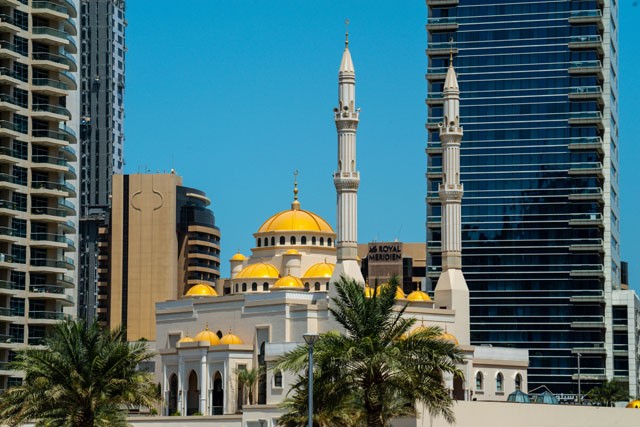The head of the Dubai Department of Culture and Arts said that the department’s specialists have prepared a plan of measures to help the culture and art sector in the emirate.
The implementation of the developed plan will preserve the image of Dubai as the main city of art and young creative talents. Therefore, the main objective of the plan is to consolidate Dubai’s position as a world-class cultural center, a forge for young talents and creative professionals. In doing so, assistance will be provided to workers and companies in the arts and culture sector that have suffered losses due to the pandemic coronavirus infection.
The plan is designed for the next six years, with a roadmap for a rapid recovery of the sector, and was approved at a meeting of the government and the Executive Council of Dubai. The main representatives of the culture and art sector worked on the creation of the plan through interactive workshops. In creating the plan, various programs and proposals were discussed which will help achieve the goals set and ensure a process of radical change in the sector, ensuring its growth. The implementation of the roadmap will support the affected sector due to the coronavirus.
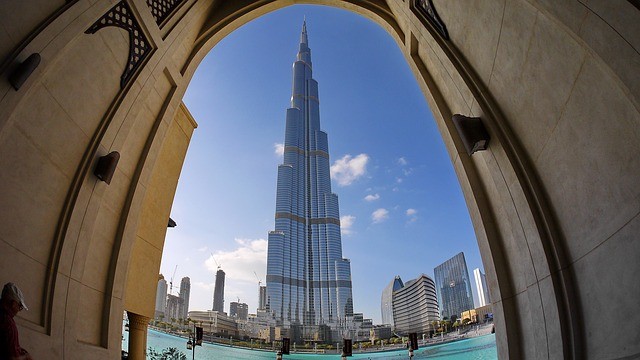
Dubai Culture and Arts
The leadership of the Dubai Culture and Arts Authority has declared its readiness to take decisive actions that can help companies operating in the creative sector to face the new conditions and overcome all the negative consequences, preserving the creative workforce. To effectively implement the plan, the department has planned infrastructural changes, both inside and outside the department.
The demand for contemporary art from the Middle East appeared not long ago, but quickly became a trend – the UAE hosts international exhibitions and educational sites, Morocco and Oman allocate money to build museums, Qatar buys recognized masterpieces at auctions, artists from Iran and Saudi Arabia exhibit at iconic venues in Europe and America. Traditional societies are beginning to spend money on the works of contemporary artists.
Interest in contemporary art in the Middle East began to emerge in 2007, the Art Dubai fair appeared. In 2008, at Christie’s auction, the work of Iranian sculptor Parviz Tanavoli “The Wall” was sold for a record $2.8 million. Two years later, the Arab Museum of Modern Art Mathaf was opened in Doha. Also in 2010, a painting by the Egyptian artist Mahmoud Said “Whirling Dervishes” was sold at Christie’s auction for $2.5 million. After a while, Arab pavilions began to appear at the Venice Biennale, and then major Western museums such as the Louvre and the Guggenheim Museum opened branches on Saadiyat Island near Abu Dhabi.
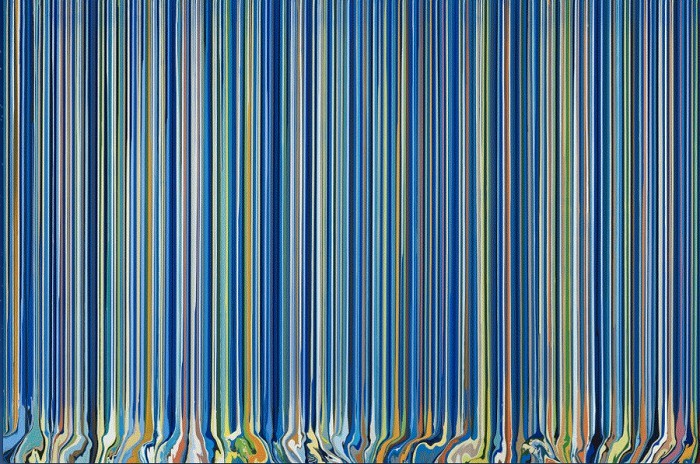
Dubai teaches
The United Arab Emirates has taken a leading position in the market for contemporary Arab art. For example, in Abu Dhabi, there is now an organization called Salama Bint Hamdan An-Nahan, whose main task is to educate a new generation of professionals in the arts. Students visit the leading art centers of Dubai, Sharjah, and Saadiyat, and go on study trips abroad to cities where contemporary art is well developed.
International exhibitions and fairs are actively developing. For example, Dubai World Art is taking place for the third year in a row, bringing together artists from around the world. This time the exhibition space occupied 5 thousand square meters in the pavilions and another 2 thousand square meters outdoors.
Despite the fact that Saudi Arabia is a country with strict religious laws and limited freedom of speech, contemporary art is actively developing here. Western interest in this closed society has played a role: in 2003, Edge of Arabia, an organization dedicated to the development of contemporary art and culture with a focus on Saudi Arabia, appeared in London. Many local artists, such as Abdulnasser Gharem and Abdulaziz Ashour, are now exhibiting regularly in European and American galleries. This is partly because Saudi contemporary art needs more freedom, so the works of many Saudi artists are becoming more visible abroad.
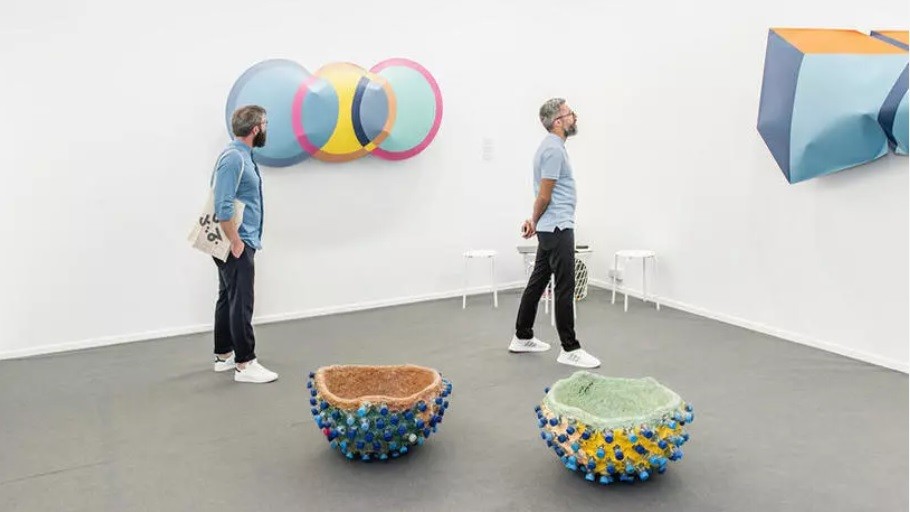
Dubai’s largest art exhibition announces program
The region’s largest art exhibition, Art Dubai, one of the major events on Dubai’s cultural calendar, has announced its program for 2021. As previously announced, the exhibition will be held from March 17-23, 2021 at Souk Madinat Jumeirah.
This year, when the exhibition returns to its face-to-face format, 85 galleries from 36 countries will participate. Eleven galleries will represent the growing art scene in the United Arab Emirates.
Lawrie Shabibi Gallery will showcase works by artist Mohammed Ahmed Ibrahim, which was selected to participate in the UAE National Pavilion at the Venice Biennale 2022, and Salwa Zeidan Gallery will showcase works by Hussein Sharif.
This year, Art Dubai 2021 will consist of three main sections: Art Dubai Contemporary, Art Dubai Modern, and Bawwaba. Guests can look forward to performances on the beaches, karaoke and themed sections, live art sessions and tours, as well as a range of art-related activities in different parts of the emirate.
The Art Dubai Contemporary section will showcase a wide range of galleries and artists, from new movements to renowned art centers from around the world. In contrast, the Art Dubai Modern section will bring together works by contemporary artists working in the MENASA region. This year’s section is curated by Sam Bardhaouil and Til Fellrath.
The Bawwaba section, which means “gateway” in Arabic, is curated by Nancy Adajania. It will feature solo presentations created over the past year, as well as alternative visions from various global centers of commerce, culture, and art.
It’s worth noting that the March 2020 show was canceled due to the COVID-19 outbreak – it was held entirely online. The exhibition is adapting to the changes and new requirements and will be held for the first time in its history in different venues and even in different emirates: in the Jameel Arts Centre, Sharjah Art Foundation in Sharjah, and the Warehouse421 Gallery in Abu Dhabi.
As noted by the exhibition organizers, they are looking forward to a new art season, which will coincide with the 50th anniversary of the unification of the country, in fact, the “golden jubilee” of the UAE. The exhibition itself, like the Emirates, promises to be international, diverse, and dynamic. In the near future, the exhibition program will appear on its official website.
Since its inception the exhibition Art Dubai is designed to expand the scope of art and make it a subject of discussion beyond the traditional art spaces and galleries. It showcases works by both emerging talents and established artists. Galleries are presenting works of contemporary art. The program also includes panel discussions, performances, and gala events.
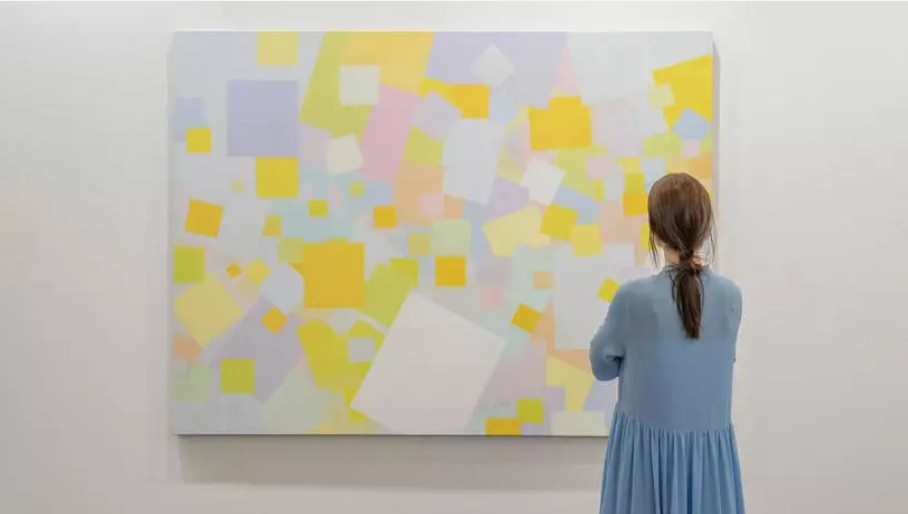
Art Dubai, the largest art exhibition, will change location in 2021
Art Dubai, the largest art exhibition in the Middle East, has announced new dates and venues. This year, for the first time in its history, the exhibition will move from Souk Madinat Jumeirah to the quarters of Dubai International Financial Center (DIFC’s Gate Building).
The exhibition was originally scheduled to run from March 17 to 23, the new dates have been set for March 29 to April 3, 2021. The exhibition will host 45 international and local galleries. The new venue will also accommodate more guests while respecting the social distance.
As previously reported, this year’s Art Dubai 2021 will consist of three main sections: Art Dubai Contemporary, Art Dubai Modern, and Bawwaba. Guests can expect performances on the beaches, karaoke and themed sections, live art sessions, and tours, as well as a range of art-related events in different parts of the emirate.
The Art Dubai Contemporary section will showcase a wide range of galleries and artists, from new trends to renowned art centers from around the world. In contrast, the Art Dubai Modern section will bring together works by contemporary artists working in the MENASA region. This year’s section is curated by Sam Bardhaouil and Til Fellrath.
The Bawwaba section, which means “gateway” in Arabic, is curated by Nancy Adajania. It will feature solo presentations created over the past year, as well as alternative visions from various global centers of commerce, culture, and art.
As the exhibition organizers noted, they are looking forward to the new art season, which will coincide with the 50th anniversary of the country’s unification, in fact, the UAE’s “golden jubilee.” The exhibition itself, like the Emirates, promises to be international, diverse, and dynamic.
Since its inception, the exhibition Art Dubai aims to expand the scope of art and make it a subject of discussion beyond traditional art spaces and galleries. It showcases works by emerging talents as well as established artists. Galleries are presenting works of contemporary art. The program also includes panel discussions, performances, and gala events.






